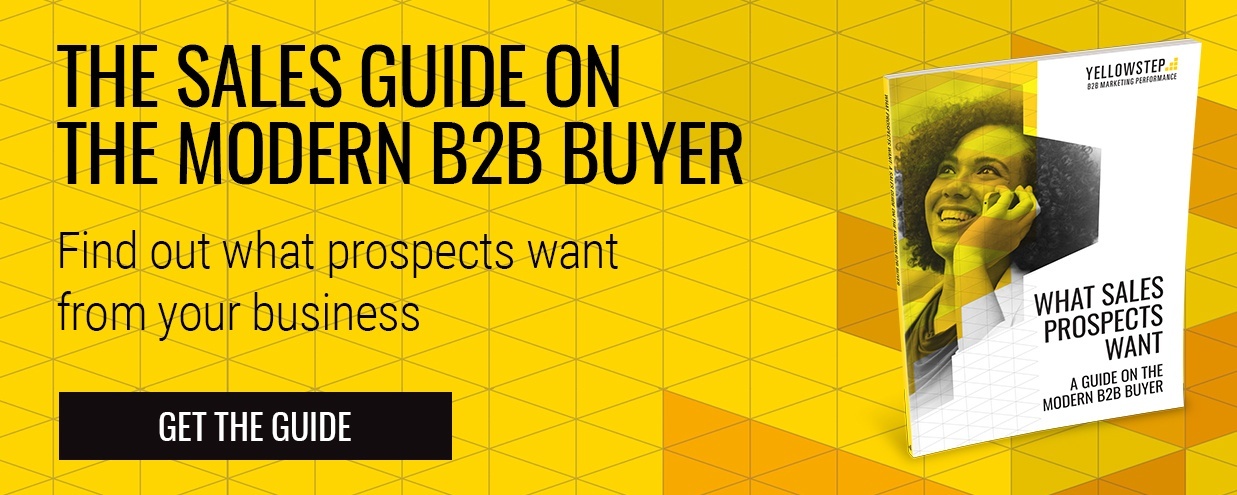In a world where Amazon, Netflix, and plenty of B2C companies are offering an ultra-personalised sales experience to create loyal customers, why is the B2B world still playing catch-up?
The fact is, B2C and B2B buyers are no different. After all, we’re all still human.
We still want to be educated, entertained, and engaged by the sales and marketing we receive. We still want guidance and resources for the most pressing issues we face in working life. And on top of that, we still want to engage with thought leaders at the top of our industries.
The game has changed. B2B buyers want sales and marketing focussed on them, not you.
So, what should business leaders do?
Sales and marketing teams need to look into their buying experience. Businesses that aren’t paying attention will lag behind the competition.
Permission, not interruption
Salesforce research found that 85% of prospects and customers are dissatisfied with their on-the-phone sales experiences.
Interruptive sales and marketing, although still valid if it works, can no longer be the only tactic to reach your audience.
Marketers and salespeople need to build trust with their prospects. They need to show that they want to connect, not sell. And they should be offering helpful resources to keep their brand and services in mind whenever the buyer needs it.
When the buyer is ready, they will give you permission. Don't force things.
Segment and personalise
The more bulk emails you send out, the less chance you have of an open rate from your audience.
That means it’s more important than ever to segment and personalise your sales and marketing emails to your customers. And that goes so much further than just dropping their name in the title.
It means sending the right content to them depending on their pain point. For example, if I knew that a group of my digital marketing contacts biggest pain points were generating leads, then I should expect that an email on sales enablement will get less of a click rate.
Ensure you’re segmenting your database and sending content they will want, when they want.
Salespeople and marketers are problem solvers
B2B salespeople and marketers should be following the mantra of ‘always be helping’ rather than ‘always be closing.’ This means becoming problem solvers for their customers.
Sales professionals can’t get away with half-knowing their product anymore. As covered in our blgo on preparing for new product launches, the modern B2B buyer may even be more clued up than the seller.
As Jim Dickie, Co-Founder of CSO Insights said: “To be seen as a necessary part of the buying process going forward, sellers need to bring much more value-add to the table than ever before.”
Know your service inside out and back yourself up with resources and guidance to assist your prospects. This will lead to a relationship built on trust and patience.
Conclusion
There may feel like a gulf in sentiment between B2C and B2B sales and marketing. But their shouldn’t be.
“B2B marketing has always been assumed to be different to B2C marketing, but marketing is rarely black and white and smart marketers have exploited areas of greyness between the two,” professor Adrian Palmer, head of marketing and reputation at the University of Reading’s Henley Business School in the UK, said.
With personalisation, permission, and content to solve buyer challenges such a pressing requirement for B2B sales and marketing, we have released a free guide on What Sales Prospects Want. The guide was created especially for businesses looking to equip themselves with the stats and insights to stand out in the current market. Download your copy.

 By
By